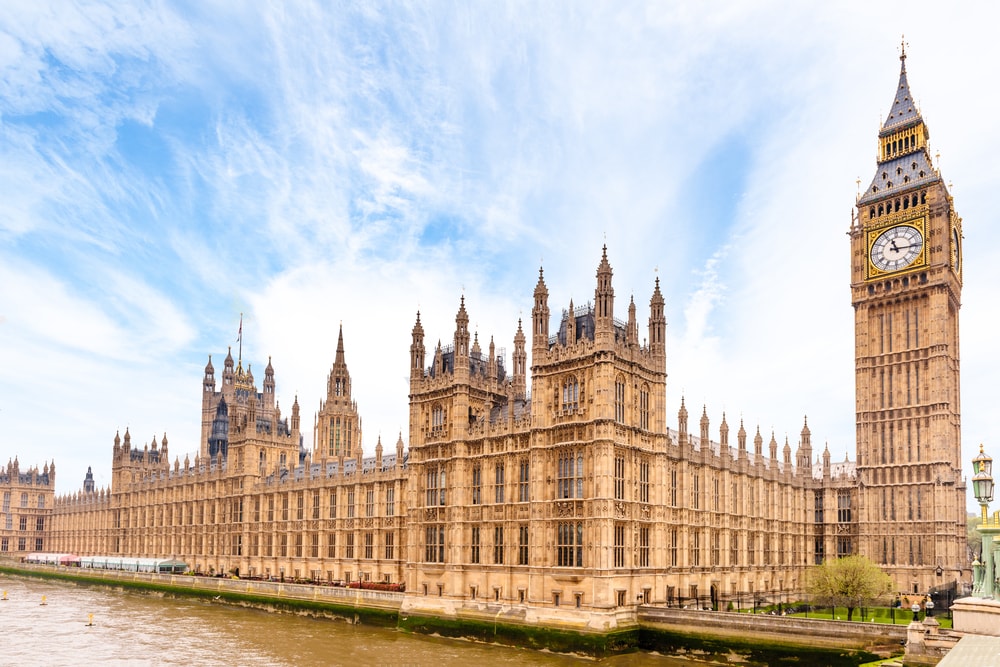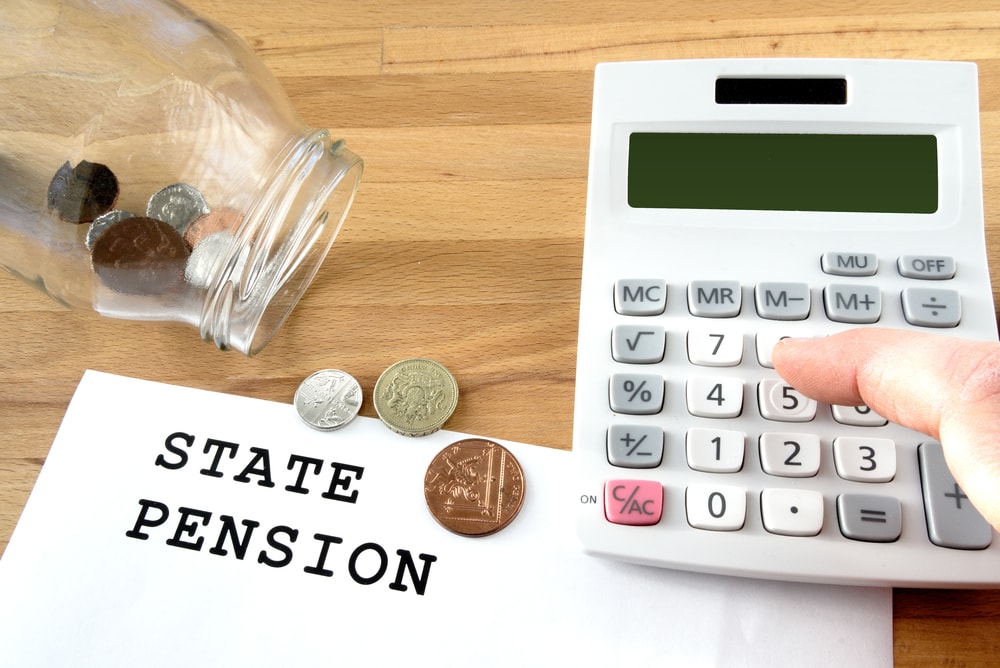The expected funding surplus of the Pension Protection Fund (PPF) could mean hundreds of thousands of members receive payouts, its chief executive has said.
Speaking to the Financial Times, PPF chief executive Oliver Morley said that pensioners could be set to benefit if the lifeboat reaches its funding target of self-sufficiency by 2030, which could potentially reach billions.
Currently, non-retired members within pension schemes that fall into the PPF receive a 10 per cent cut on their pension, while members who have already retired have their income protected.
He said: “If the PPF delivers on its plan, there is every chance that a surplus will be available for potential redistribution to levy payers and members.
He added that he was unsure exactly how this would work, but that he is developing “a new strategic plan” and that the lifeboat would still need to collect funds after 2030.
Morley, who joined the lifeboat in March, is currently developing a strategy to be self-sufficient within 12 years.
Last month, the PPF’s annual report showed how it increased its funding level by 1.2 per cent over the year to 122.8 per cent, despite taking on its highest total value of deficits ever recorded.
The PPF’s reserves grow by £0.6bn to £6.7bn over 2017/18, achieved while taking on scheme deficits of £1.2bn, £931m higher than the previous year, and paying member benefits of £725m, a 10 per cent increase on 2016/17.
The PPF collected £537m in levy payments throughout 2017 and 2018.
The failure of high profile companies such as Carillion, Toys R Us and Hoover placed the largest value deficits the PPF has ever seen, and also saw 65,386 new members enter the PPF assessment.
Morley said: ‘‘The PPF remains resilient within a volatile economic landscape, and continues to provide valuable protection for 11 million pension scheme members. This year, more than 60,000 people are better off because the PPF exists following insolvency events that affected their defined benefit pension.”
Latest News
-
FCA consults on plans to better support DC digital planning and transfers amid 'changing market'
-
FCA to consult on pension charge cap in Q2 2026
-
‘No let-up’ in regulatory activity for DB schemes amid heightened scrutiny
-
Keeping track of the latest pensions dashboards connections
-
Govt asked to provide update on SPA transition research
-
This week in pensions: 8-12 December
Private markets – a growing presence within UK DC
Laura Blows discusses the role of private market investment within DC schemes with Aviva Director of Investments, Maiyuresh Rajah
The DB pension landscape
Pensions Age speaks to BlackRock managing director and head of its DB relationship management team, Andrew Reid, about the DB pensions landscape
Podcast: From pension pot to flexible income for life

Podcast: Who matters most in pensions?

In the latest Pensions Age podcast, Francesca Fabrizi speaks to Capita Pension Solutions global practice leader & chief revenue officer, Stuart Heatley, about who matters most in pensions and how to best meet their needs
© 2019 Perspective Publishing Privacy & Cookies










Recent Stories